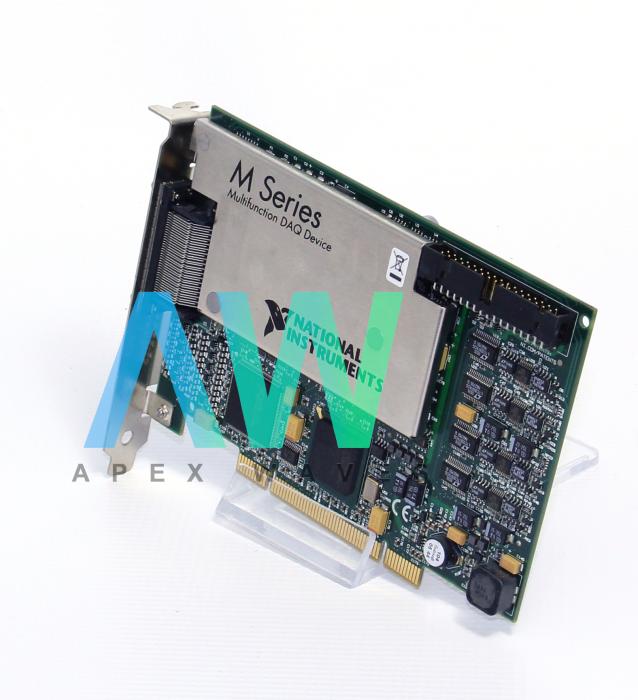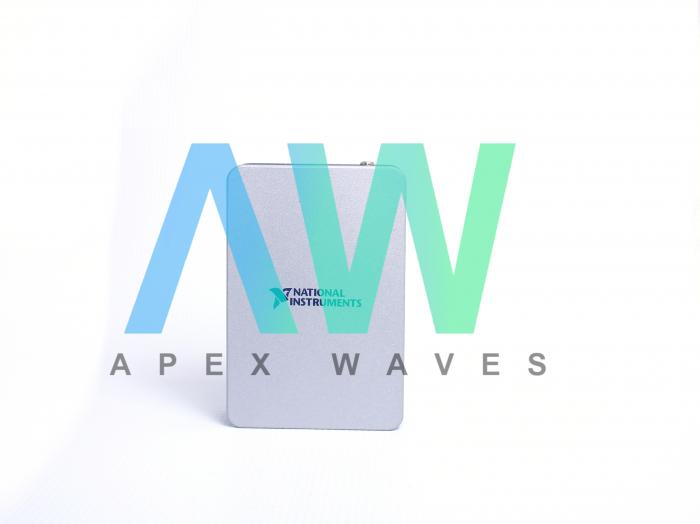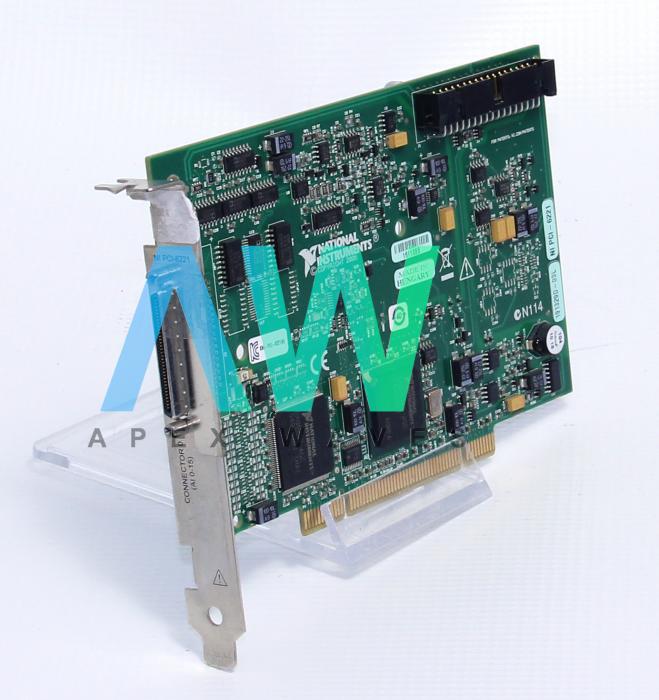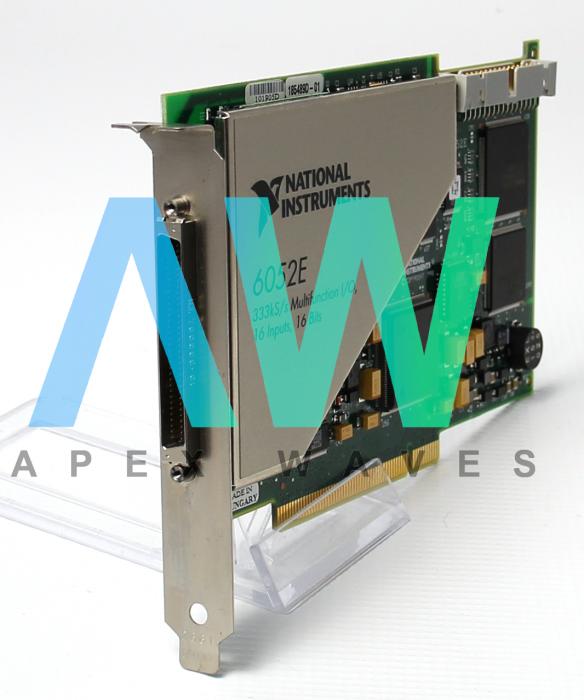The National Instruments CompactDAQ or cDAQ models, such as the cDAQ-9171, cDAQ-9174, cDAQ-9178, and more belong to this family of data acquisition models. A CompactDAQ system is comprised of a chassis linked to a PC via USB or Ethernet, which is filled with at least one I/O module. The National Instruments CompactDAQ Chassis can be utilized with C Series I/O modules for a mixture of counter/timer measurements, digital I/O, as well as analog I/O. Additionally, National Instruments cDAQ Chassis provide numerous timing engines. This feature enables the user to run several hardware-timed actions at the same time with individual rates for analog input. These Chassis have carrying slot counts, anywhere from 1 to 14, enabling the user to choose a Chassis with the requirements for their application. The Bus Connectors for these models are either USB 2.0, USB 3.0, Ethernet, or Wi-Fi. Several of the National Instruments NI cDAQ Chassis also have a synchronization feature and/or a built-in trigger.
National Instruments M Series: A Comprehensive Guide

The National Instruments M Series are some of the most sought-after devices in the field of data acquisition. by professionals across diverse industries. Featuring a comprehensive suite of features and capabilities, the M Series can help significantly in the process of capturing, analyzing, and controlling data with precision and efficiency.
Continue reading “National Instruments M Series: A Comprehensive Guide”National Instruments E Series
The National Instruments E Series is a Legacy Series which includes PCI and PXI Multifunction DAQ Devices. The E Series National Instruments devices have as many as 64 analog input channels, two counters, eight or 32 lines of digital input/output, and a maximum of two analog output channels. The E Series devices can be calibrated internally or externally. The self-calibration or internal calibration alters the instrument relative to an extremely precise and steady internal reference on the device. Self-calibration is recommended when environmental settings vary greatly. Self-calibration can be initiated by utilizing the self-calibrate function or VI that comes with the driver software. On the other hand, external calibration alters the instrument relative to a traceable, extremely precise calibration standard. It is suggested to calibrate the instrument at a minimum for the duration specified in the E Series User Manual.










